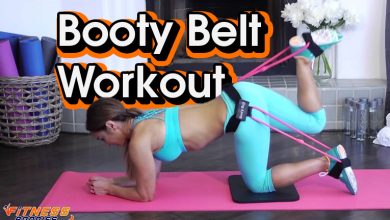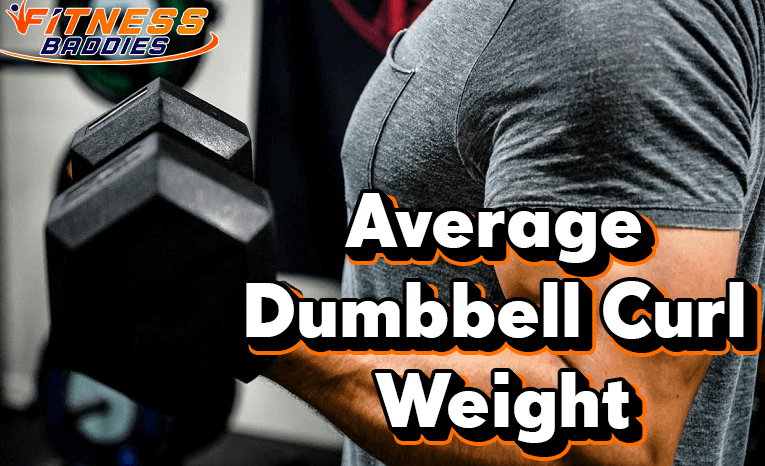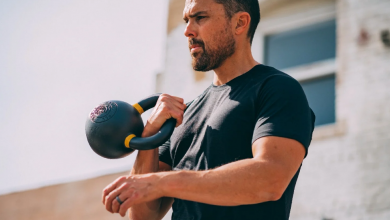Negative Pull Ups vs. Assisted Pull Ups: Which is Better?
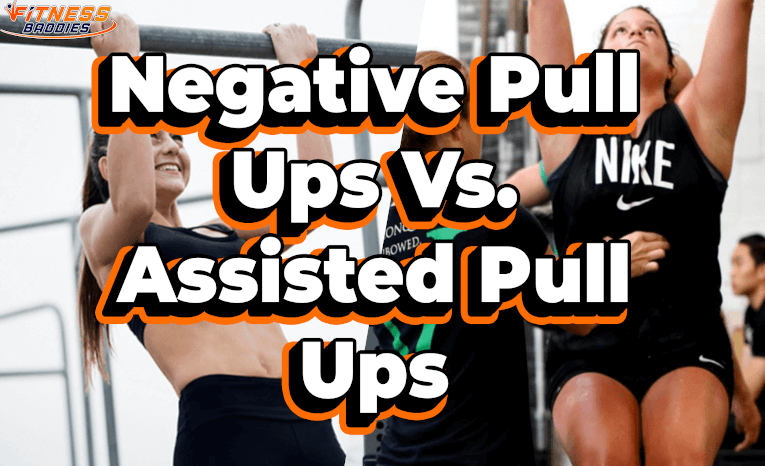
There are many essential core exercises to strengthen your back and arms and one popular calisthenics workout that works on your shoulders and arms is pull-ups. However, not everyone is able to do a traditional pull-up. This is where assisted pull-ups come in.
Assisted pull-ups use an external weight to help you complete the exercise.
So, now the question is which one is better? Negative pull-ups or assisted pull-ups?
There's no ideal answer. It depends on your fitness level and goals.
Negative pull-ups are more challenging, but assisted pull-ups are easier to complete. If you are just starting out, assisted pull-ups are a right exercise to start at home. As you get stronger, you can gradually increase the amount of weight used for assistance.
In this article, I'm going to define each of these workouts and determine the benefits and drawbacks of each.
Follow along to learn more about each and empower yourself to make a decision as to which one is best for you!
What Are Negative Pull Ups?
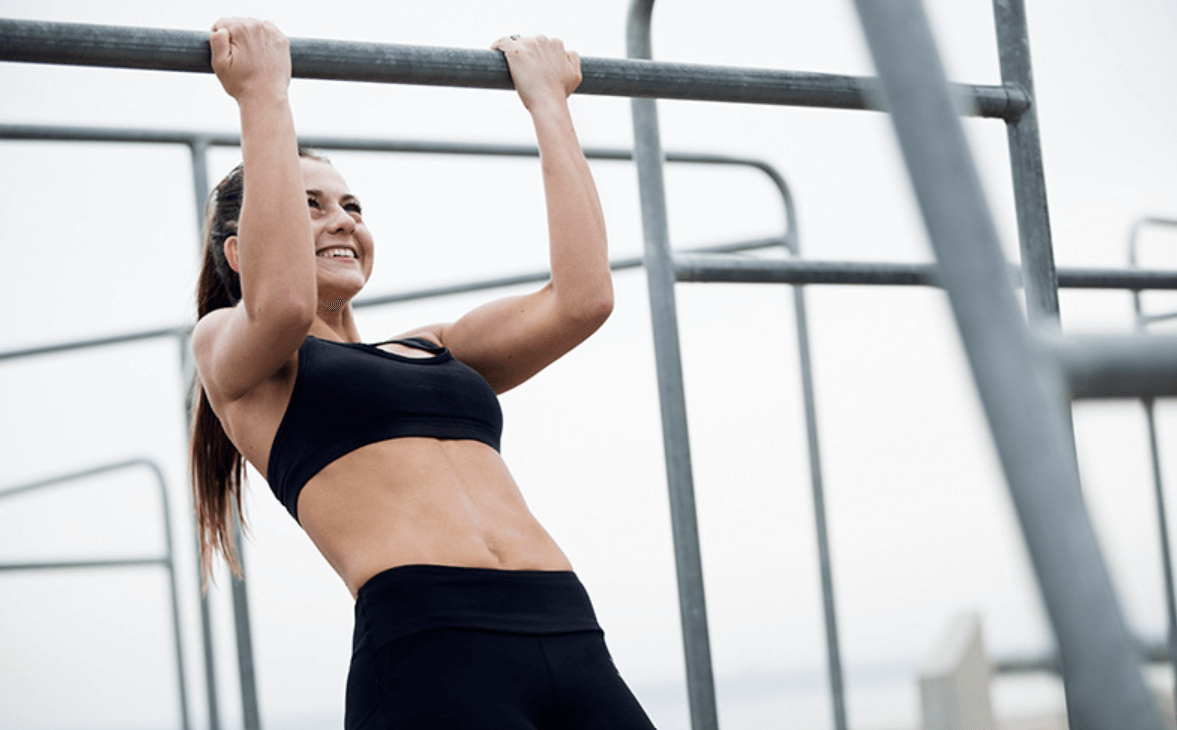
Negative pull-ups are a type of workout that uses your body weight as resistance.
The key to this, and most other bodyweight exercises, is the negative part, or the lowering of your body after pulling yourself up.
This is where you will see the most benefit.
In order to perform a negative pull-up, find a raised platform (some types or squat racks have a handy bar) that you can grip with your hands. Jump up and grab the platform with an overhand grip, making sure your palms are facing away from you. Pull your body up so that your chin is above the platform.
From here, slowly lower yourself back down to the starting position. It is important to control your descent and not simply drop yourself. The negative part of this exercise is the lowering, so be sure to take your time.
Before starting the workout, it's important to measure your fitness level to track progress and the results you want to achieve.
What Are Assisted Pull Ups?
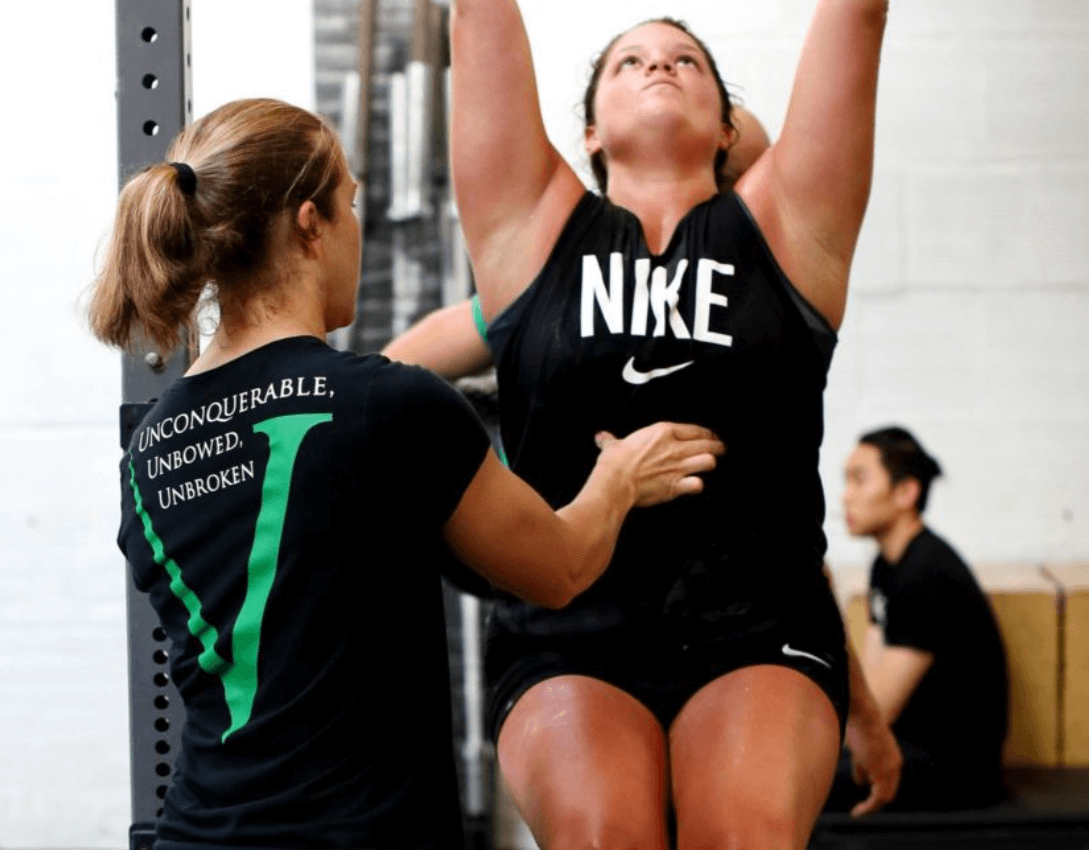
Assisted pull-ups are a type of workout that you can perform with the help of partner or trainer.
This effective weight loss exercise can also be done with the use of resistance band, machine or with a chair. The key to this exercise is the assistance, which takes away some of the bodyweight you would normally need to lift.
In order to perform an assisted pull-up in your backyard gym or somewhere else, find a raised platform that you can grip with your hands.
Place your feet on a raised surface so that your legs are extended in front of you. Grab the platform with an overhand grip, making sure your palms are facing away from you.
From here, have your partner, stand on the raised surface behind you and grab your ankles. They will provide resistance as you pull your body up so that your chin is above the platform.
Once you reach the top of the movement, slowly lower yourself back down to the starting position.
As you can see, both exercises are similar in that they use your bodyweight as resistance. The key difference is that negative pull-ups focus on the negative part of the movement, while assisted pull-ups provide assistance throughout the entire exercise.
Benefits of Negative Pull Ups
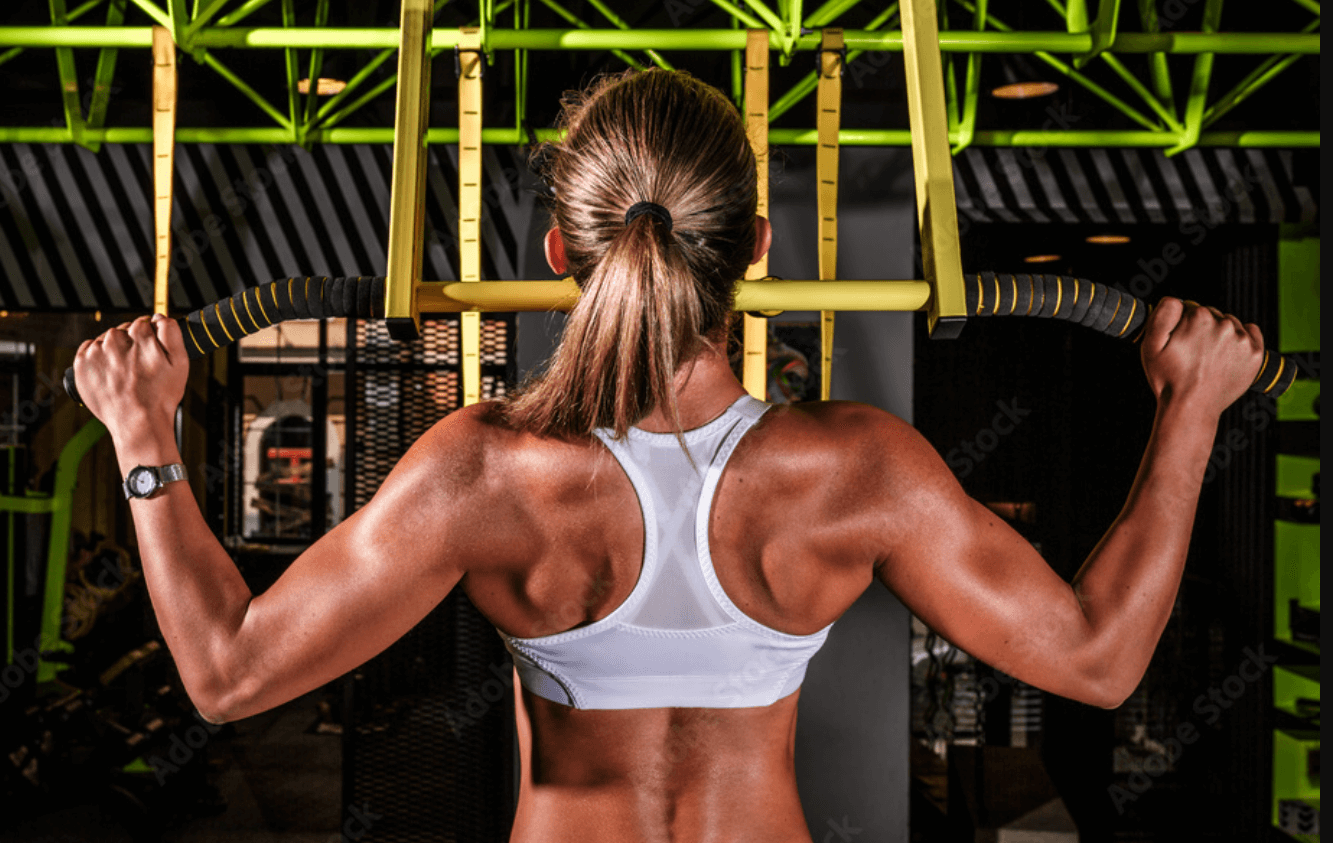
One of the main benefits of negative pull ups is that they are more challenging than assisted pull ups. This makes them a great option for people who are looking for a more challenging workout. If you're proficient in negative pull ups, it's time to step up your game and challenge yourself further. Consider adding weights or trying one arm pull ups for a new level of difficulty.
Negative pull ups also build strength and muscle. This is because you are lifting your entire bodyweight, which forces your muscles to work harder.
Another benefit of negative pull ups is that they improve your grip strength. This is because you are gripping the platform with your hands throughout the entire exercise.
The great thing about this is that the benefits carry over to other workouts like power clean and clean, sumo squats or sumo deadlifts, as these intensive workouts require a solid grip on the bar.
Drawbacks of Negative Pull Ups
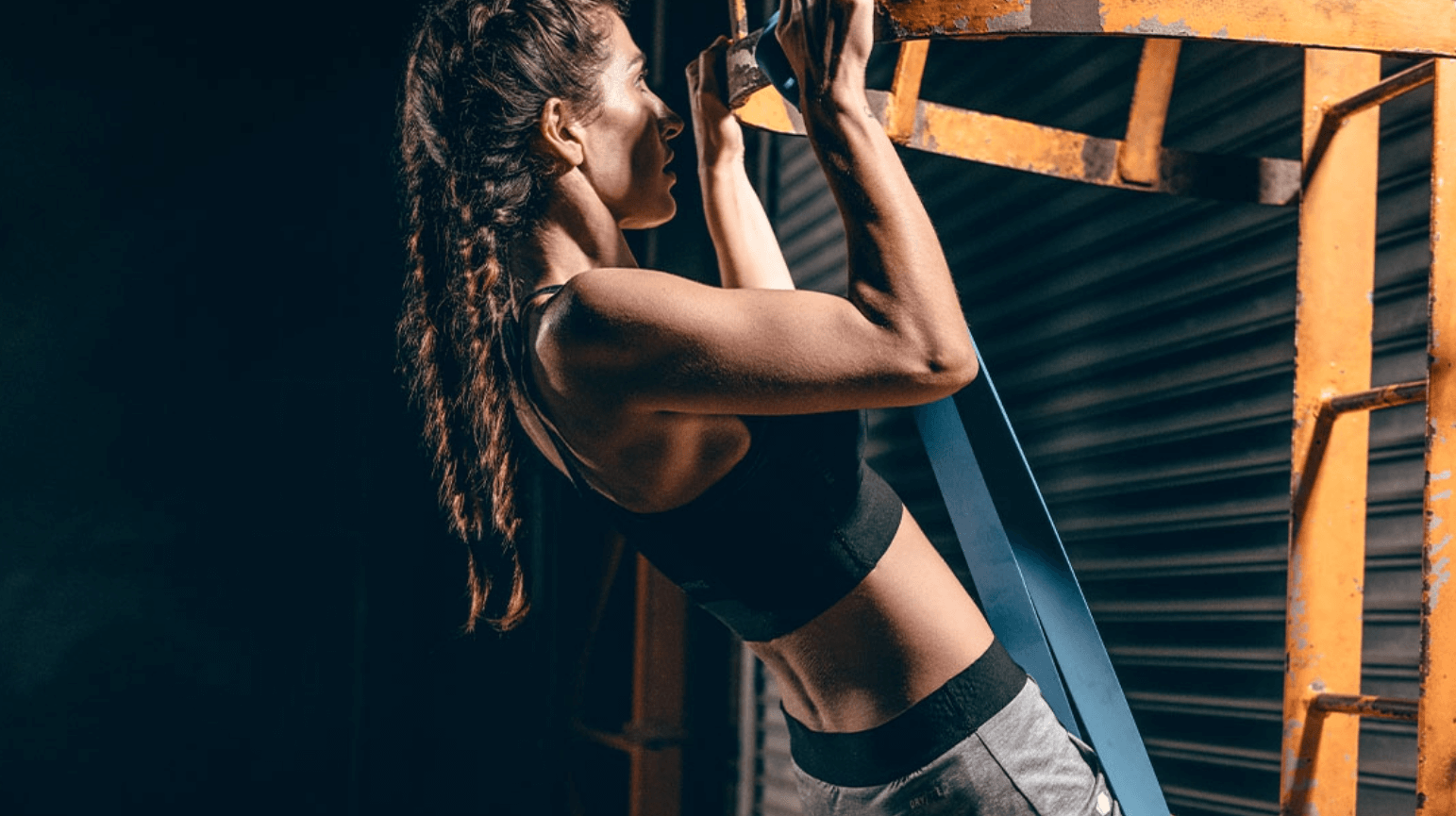
One of the main drawbacks of negative pull ups is that they can be difficult to complete. This is especially true if you are not used to lifting your own bodyweight.
Another drawback of negative pull ups is that they put a lot of strain on your joints. But that doesn't mean you can't do cardio after workout.
The reason is you are lifting your entire bodyweight, which can be tough on your joints.
**Note: If you have any injuries or joint problems, negative pull ups may not be the best option for you.
Benefits of Assisted Pull Ups
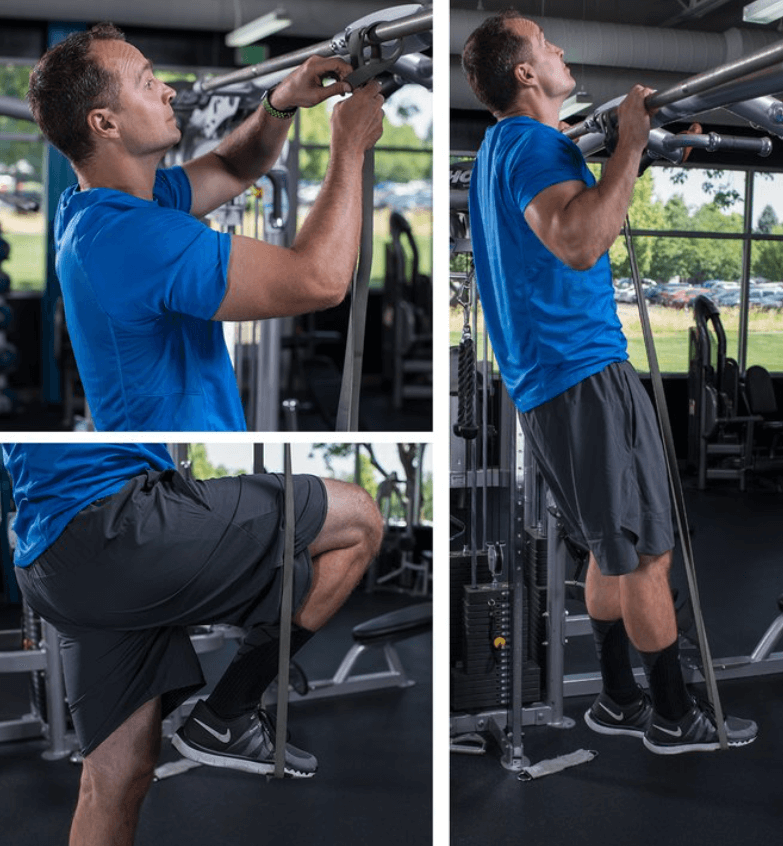
One of the main benefits is assisted pull ups are easier to complete than negative pull ups. This is because you are not lifting your entire bodyweight, which makes the exercise less challenging.
Assisted pull ups also build strength and muscle. This is because you are still lifting a significant amount of weight, just not as much as you would with negative pull ups.
Another benefit of assisted pull ups is that they improve your grip strength. This is because you are still gripping the platform with your hands throughout the exercise.
Drawbacks of Assisted Pull Ups
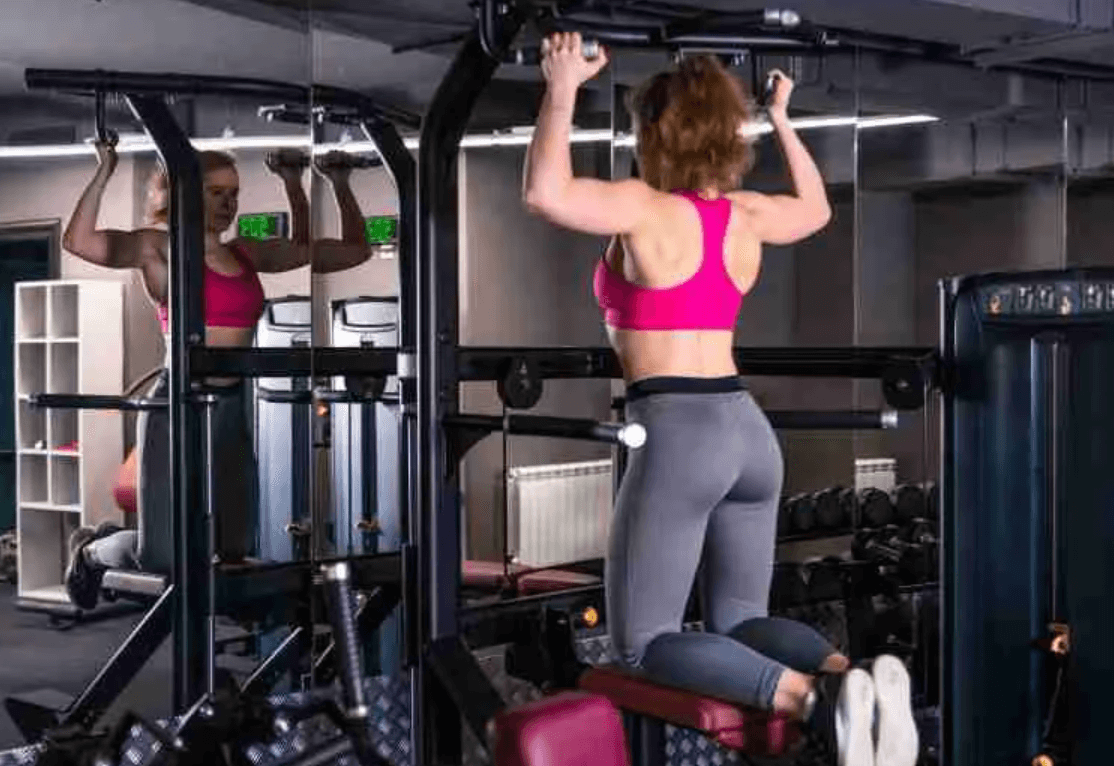
One of the main drawbacks of assisted pull ups is that they can be less challenging than negative pull ups. This is because you are not lifting your entire bodyweight, which makes the exercise easier.
Another drawback of assisted pull ups is that they put less strain on your joints. This is because you are not lifting your entire bodyweight, which can be tough on your joints.
If you are looking for a more challenging workout, assisted pull ups may not be the best option for you.
Key Takeaway
The truth is that the type of pull ups that will be best for you will vary depending on your ability, experience, strength, and goals. If you are looking to lose weight and build strong muscles, then negative pull ups may be the best option for you.
On the other hand, if you are looking for an easier workout, then assisted pull ups may be the better choice. Ultimately, it is up to you to decide which type of exercise is right for you.
Related Readings;
- Triceps Not Growing? I’ve Got Your Back – 5 Different Ways to Build Bigger Triceps
- How to Lose Weight Using a Rowing Machine – What to Know Before Your Workout
- The Best Workouts & Exercises for Teenage Girls (As Backed By Science!)
- 5 Essential Kettlebell Exercises & How the Kettlebell Works on Your Body
- Planks Vs Push-Ups
- Long Head Bicep Exercises: Personal Technique I Use to Keep My Arms BUFFED OUT!
Resources:
- https://juniperpublishers.com/jpfmts/pdf/JPFMTS.MS.ID.555669.pdf
- https://www.reddit.com/r/bodyweightfitness/comments/1o0pny/negative_pull_up_vs_assisted_pull_up/
- https://journals.lww.com/nsca-scj/fulltext/2014/06000/the_pull_up.14.aspx
- https://blogs.scientificamerican.com/guest-blog/the-mechanics-of-the-pull-up-and-why-women-can-absolutely-do-them/
- https://www.esquire.com/uk/life/fitness-wellbeing/a33496195/pull-up-chin-up-benefits/

